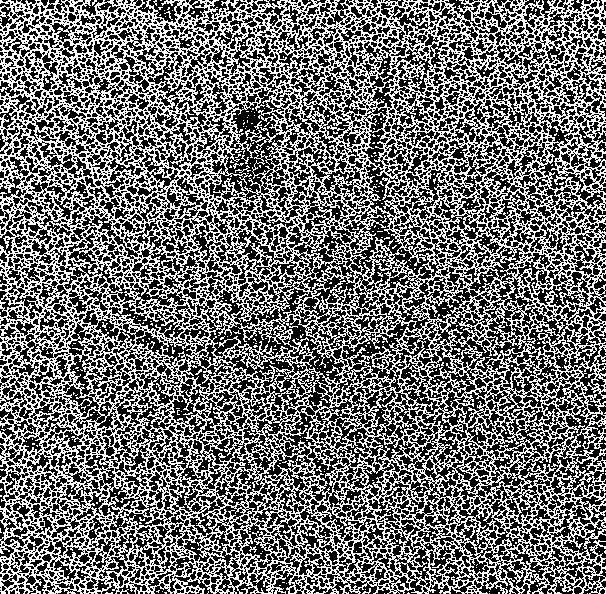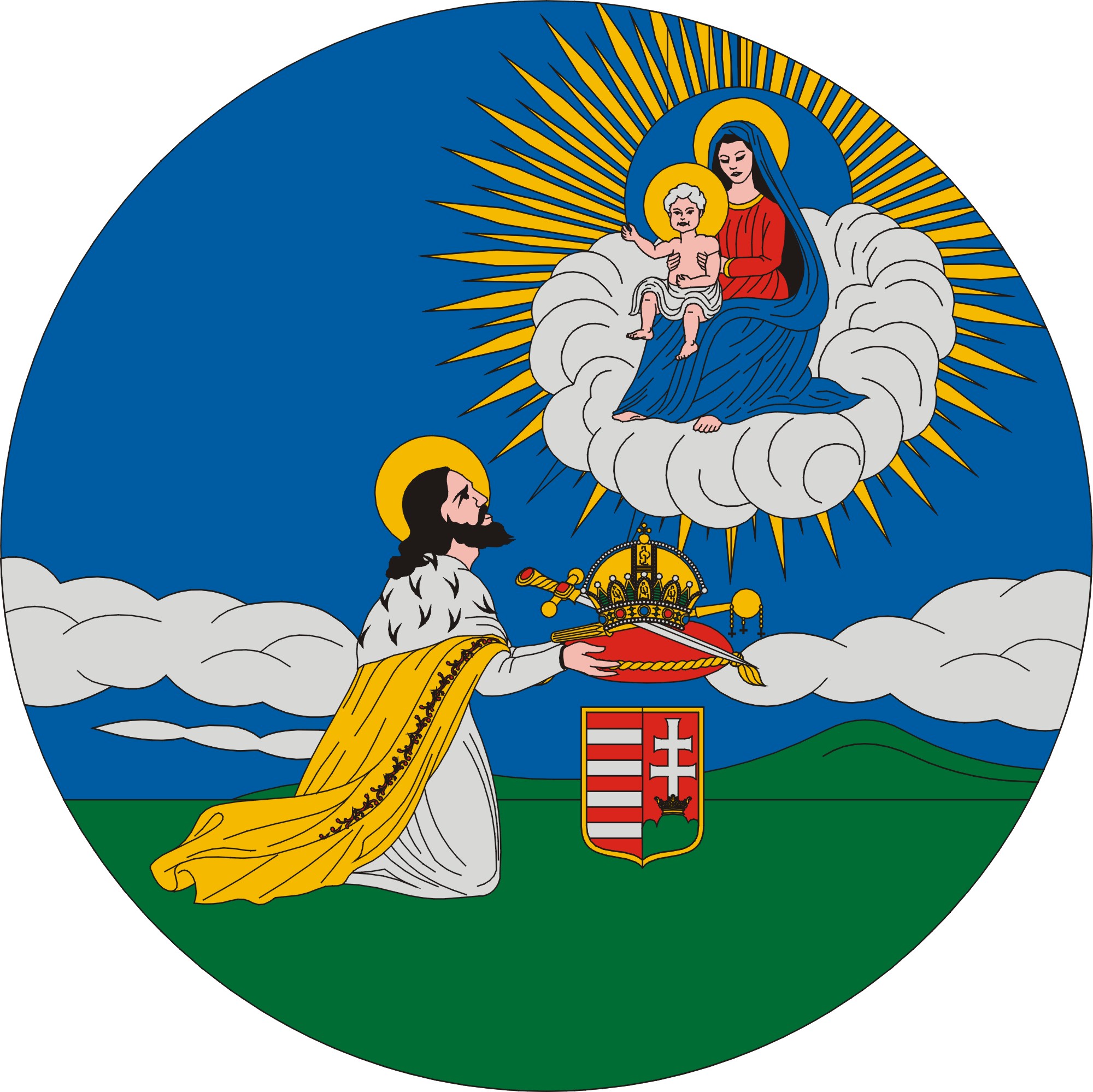|
Salkhit
Salkhit ( mn, Салхит, "windy") is a settlement in the Khongor, Darkhan-Uul, Khongor Sums of Mongolia, sum (district) of Darkhan-Uul Province in northern Mongolia. Geography Salkhit is located on the Kharaa gol river (a right tributary of the Orkhon river), 13 km south of the center of the Sums of Mongolia, sum of Khongor, Darkhan-Uul, Khongor, and 33 km south of the Provinces of Mongolia, aimag capital Darkhan (city), Darkhan. Economy Salkhit is the railway station where the 164 km long Salkhit–Erdenet line starts. This line was built to the copper producing city of Erdenet in 1975, with Soviet assistance. Prehistory An Archaic humans, archaic ''Homo sapiens'' skullcap with archaic features similar to those of Neanderthals, ''Homo erectus'' and Asian archaic ''Homo sapiens'' was found near Salkhit in 2006 during gold mining operations at depth 5–6 m. Original estimates dated the skullcap to about 22,100 years old, but later re-dating in 2010 indi ... [...More Info...] [...Related Items...] OR: [Wikipedia] [Google] [Baidu] |
Khongor, Darkhan-Uul
Khongor ( mn, Хонгор, ''soft'' or ''sweetheart'') is a sum (district) of Darkhan-Uul Province in northern Mongolia. The sum center has railway station on the Ulan-Ude - Ulan Bator - Beijing line. The most important railway station is 13 km south of the sum center, where at Salkhit settlement Salkhit - Erdenet Erdenet ( mn, Эрдэнэт, literally "with treasure") is the third-largest city in Mongolia, with a 2018 population of 98,045, and the capital of the aimag (province) of Orkhon. Located in the northern part of the country, it lies in a valley ... line starts. In 2007, Khongor was the scene of an apparently massive contamination case that involved sodium cyanide and mercury compounds, materials used for small-scale gold mining. The case aroused considerable attention in the national media, and it was even discussed to relocate the settlement. On 24 July 1999, Khongor recorded a temperature of , which is the highest temperature that has ever been recorded in ... [...More Info...] [...Related Items...] OR: [Wikipedia] [Google] [Baidu] |
Tianyuan Man
Tianyuan man ( zh, t=田園洞人, s=田园洞人, p=Tiányuándòng Rén) are the remains of one of the earliest modern humans to inhabit East Asia. In 2007, researchers found 34 bone fragments belonging to a single individual at the Tianyuan Cave near Beijing, China. Radiocarbon dating shows the bones to be between 42,000 and 39,000 years old, which may be slightly younger than the only other finds of bones of a similar age at the Niah Caves in Sarawak on the South-east Asian island of Borneo. Isotope analysis suggests that a substantial part of the diet of these individuals came from freshwater fish. Tianyuan man is considered an early modern homo sapiens. He lacks several mandibular features common among Western or Southern Eurasian late archaic humans, showing its divergence. Based on the rate of dental occlusal attrition, it is estimated he died in his 40s or 50s. DNA tests published in 2013 revealed that Tianyuan man is related "to many present-day Asians and Native Ame ... [...More Info...] [...Related Items...] OR: [Wikipedia] [Google] [Baidu] |
Haplogroup N (mtDNA)
Haplogroup N is a human mitochondrial DNA (mtDNA) clade. A macrohaplogroup, its descendant lineages are distributed across many continents. Like its sibling macrohaplogroup M, macrohaplogroup N is a descendant of the haplogroup L3. All mtDNA haplogroups found outside of Africa are descendants of either haplogroup N or its sibling haplogroup M. M and N are the signature maternal haplogroups that define the theory of the recent African origin of modern humans and subsequent early human migrations around the world. The global distribution of haplogroups N and M indicates that there was likely at least one major prehistoric migration of humans out of Africa, with both N and M later evolving outside the continent. Origins There is widespread agreement in the scientific community concerning the African ancestry of haplogroup L3 (haplogroup N's parent clade). However, whether or not the mutations which define haplogroup N itself first occurred within Asia or Africa has been a subject ... [...More Info...] [...Related Items...] OR: [Wikipedia] [Google] [Baidu] |
Ancient DNA
Ancient DNA (aDNA) is DNA isolated from ancient specimens. Due to degradation processes (including cross-linking, deamination and fragmentation) ancient DNA is more degraded in comparison with contemporary genetic material. Even under the best preservation conditions, there is an upper boundary of 0.4–1.5 million years for a sample to contain sufficient DNA for sequencing technologies. The oldest sample ever sequenced is estimated to be 1.65 million years old. Genetic material has been recovered from paleo/archaeological and historical skeletal material, mummified tissues, archival collections of non-frozen medical specimens, preserved plant remains, ice and from permafrost cores, marine and lake sediments and excavation dirt. On 7 December 2022, ''The New York Times'' reported that two-million year old genetic material was found in Greenland, and is currently considered the oldest DNA discovered so far. History of ancient DNA studies 1980s The first study of what would ... [...More Info...] [...Related Items...] OR: [Wikipedia] [Google] [Baidu] |
Cal BP
Before Present (BP) years, or "years before present", is a time scale used mainly in archaeology, geology and other scientific disciplines to specify when events occurred relative to the origin of practical radiocarbon dating in the 1950s. Because the "present" time changes, standard practice is to use 1 January 1950 as the commencement date (epoch) of the age scale. The abbreviation "BP" has been interpreted retrospectively as "Before Physics", which refers to the time before nuclear weapons testing artificially altered the proportion of the carbon isotopes in the atmosphere, which scientists must now account for. In a convention that is not always observed, many sources restrict the use of BP dates to those produced with radiocarbon dating; the alternative notation RCYBP stands for the explicit "radio carbon years before present". Usage The BP scale is sometimes used for dates established by means other than radiocarbon dating, such as stratigraphy. This usage differs from ... [...More Info...] [...Related Items...] OR: [Wikipedia] [Google] [Baidu] |
Before Present
Before Present (BP) years, or "years before present", is a time scale used mainly in archaeology, geology and other scientific disciplines to specify when events occurred relative to the origin of practical radiocarbon dating in the 1950s. Because the "present" time changes, standard practice is to use 1 January 1950 as the commencement date (epoch) of the age scale. The abbreviation "BP" has been interpreted retrospectively as "Before Physics", which refers to the time before nuclear weapons testing artificially altered the proportion of the carbon isotopes in the atmosphere, which scientists must now account for. In a convention that is not always observed, many sources restrict the use of BP dates to those produced with radiocarbon dating; the alternative notation RCYBP stands for the explicit "radio carbon years before present". Usage The BP scale is sometimes used for dates established by means other than radiocarbon dating, such as stratigraphy. This usage differs from t ... [...More Info...] [...Related Items...] OR: [Wikipedia] [Google] [Baidu] |
Homo Erectus
''Homo erectus'' (; meaning "upright man") is an extinct species of archaic human from the Pleistocene, with its earliest occurrence about 2 million years ago. Several human species, such as '' H. heidelbergensis'' and '' H. antecessor'' — with the former generally considered to have been the ancestor to Neanderthals, Denisovans, and modern humans — appear to have evolved from ''H. erectus''. Its specimens are among the first recognizable members of the genus ''Homo''. ''H. erectus'' was the first human ancestor to spread throughout Eurasia, with a continental range extending from the Iberian Peninsula to Java. Asian populations of ''H. erectus'' may be ancestral to '' H. floresiensis'' and possibly to '' H. luzonensis''. The last known population of ''H. erectus'' is '' H. e. soloensis'' from Java, around 117,000–108,000 years ago. ''H. erectus'' had a more modern gait and body proportions, and was the first human species to ... [...More Info...] [...Related Items...] OR: [Wikipedia] [Google] [Baidu] |
Neanderthals
Neanderthals (, also ''Homo neanderthalensis'' and erroneously ''Homo sapiens neanderthalensis''), also written as Neandertals, are an Extinction, extinct species or subspecies of archaic humans who lived in Eurasia until about 40,000 years ago. While the "causes of Neanderthal disappearance about 40,000 years ago remain highly contested," demographic factors such as small population size, inbreeding and genetic drift, are considered probable factors. Other scholars have proposed competitive replacement, assimilation into the modern human genome (bred into extinction), great climate change, climatic change, disease, or a combination of these factors. It is unclear when the line of Neanderthals split from that of Early modern human, modern humans; studies have produced various intervals ranging from 315,000 to more than 800,000 years ago. The date of divergence of Neanderthals from their ancestor ''Homo heidelbergensis, H. heidelbergensis'' is also unclear. The oldest potential ... [...More Info...] [...Related Items...] OR: [Wikipedia] [Google] [Baidu] |
Archaic Humans
A number of varieties of ''Homo'' are grouped into the broad category of archaic humans in the period that precedes and is contemporary to the emergence of the earliest early modern humans (''Homo sapiens'') around 300 ka. Omo-Kibish I (Omo I) from southern Ethiopia ( 195 or 233 ka), the remains from Jebel Irhoud in Morocco (about 315 ka) and Florisbad in South Africa (259 ka) are among the earliest remains of ''Homo sapiens''. The term typically includes ''Homo neanderthalensis'' (430 ± 25 ka), Denisovans, ''Homo rhodesiensis'' (300–125 ka), ''Homo heidelbergensis'' (600–200 ka), ''Homo naledi'', ''Homo ergaster'', ''Homo antecessor'', and '' Homo habilis''. There is no universal consensus on this terminology, and varieties of "archaic humans" are included under the binomial name of either ''Homo sapiens'' or ''Homo erectus'' by some authors. Archaic humans had a brain size averaging 1,200 to 1,400 cubic centimeters, which overlaps with the range of modern ... [...More Info...] [...Related Items...] OR: [Wikipedia] [Google] [Baidu] |
Erdenet
Erdenet ( mn, Эрдэнэт, literally "with treasure") is the third-largest city in Mongolia, with a 2018 population of 98,045, and the capital of the aimag (province) of Orkhon. Located in the northern part of the country, it lies in a valley between the Selenge and Orkhon rivers about (as the crow flies) northwest of Ulaanbaatar, Darkhan, the capital. The road length between Ulaanbaatar and Erdenet is about . History Erdenet, one of the youngest settlements in Mongolia, was founded in 1974Michael Kohn: ''Mongolia'', p. 142, London (2008) in an area where large deposits of copper had been discovered in the 1950s. A single-track railway line with a length of linking Erdenet to the Trans-Mongolian Railway was inaugurated in 1977. In the middle of the 1980s, more than 50% of the inhabitants were Russians working as engineers or miners. After the fall of Soviet Communism in 1990, however, most Russians left Erdenet. Today, about 10% of the population is Russian. Erdenet Mini ... [...More Info...] [...Related Items...] OR: [Wikipedia] [Google] [Baidu] |




.jpg)
